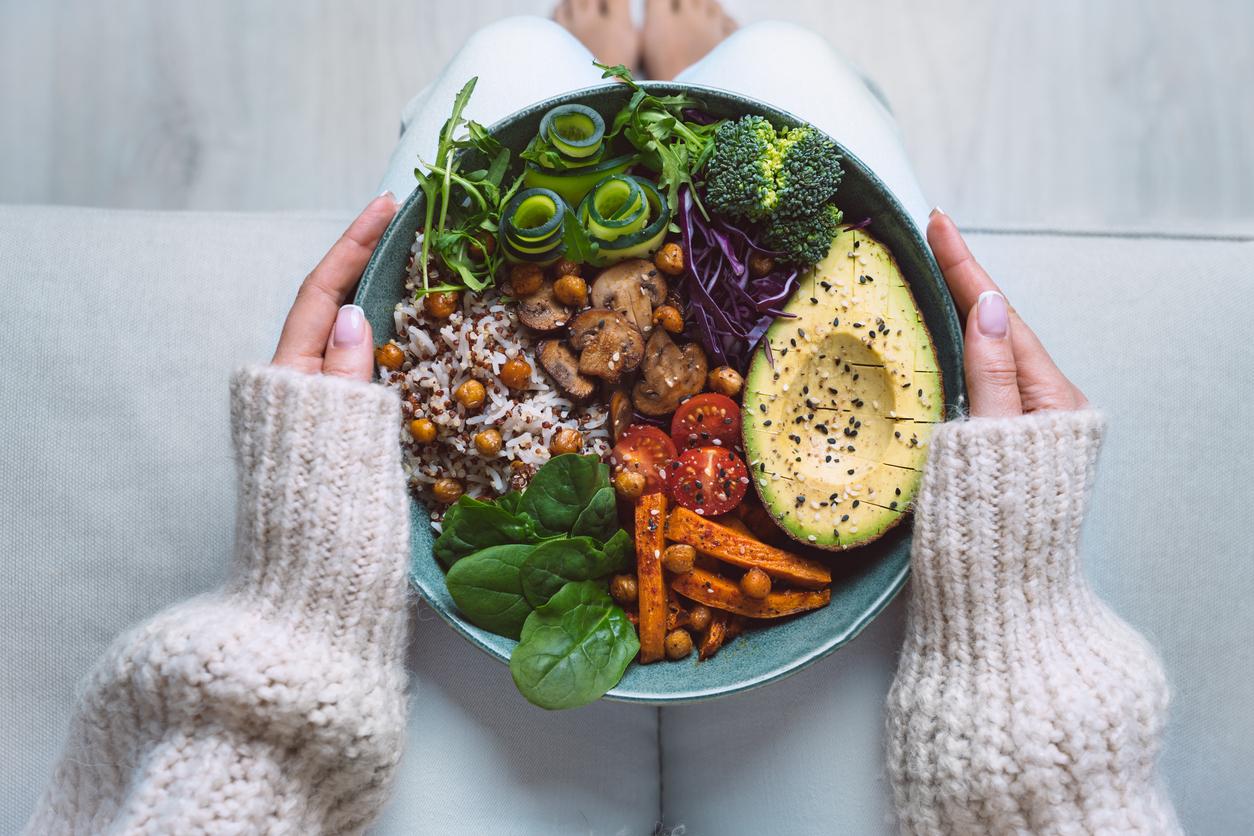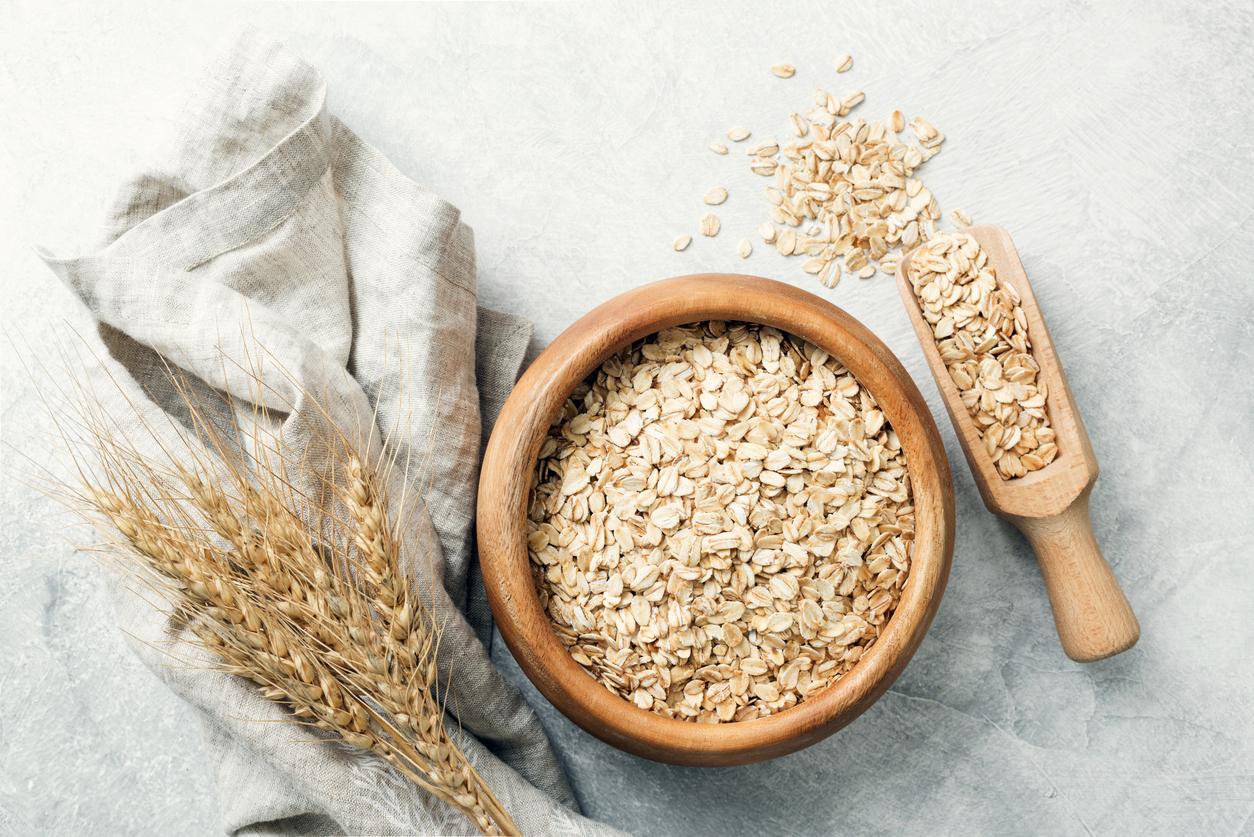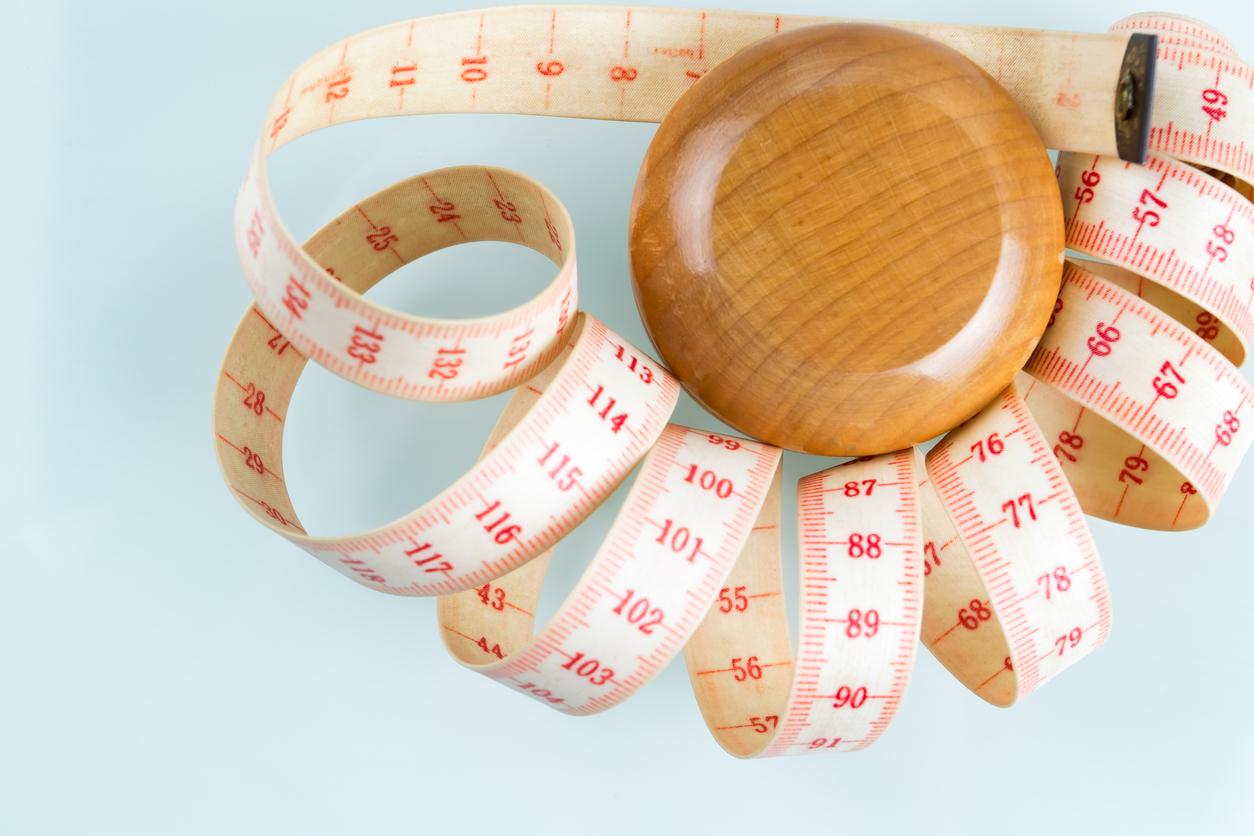A few days before Christmas, we advise you to take an interest in the glycemic index of the foods you eat so as not to go on a diet in January! From the December edition of the very serious Harvard Women’s Health Watch, or Harvard School of Medicine Women’s Health Observatory (US), paying attention to the glycemic index (GI) of the foods you eat is a good way to lose weight and gain weight. maintain a healthy weight afterwards.
“Over the past 30 years, researchers have found that the secret to weight control lies not in reducing fat, but in reducing the amount of refined carbohydrates (or refined carbohydrates) you eat. other words, choosing foods to glycemic index weak. Can we read in the report. “In addition, evidence is mounting as to the benefit of a diet low glycemic index on the risk of diabetes, heart disease and cancer ”.
Dr. Ludwig, director of the New Balance Obesity Prevention Center, with the help of his team of researchers, has succeeded in explaining why the low glycemic index diet facilitates weight loss and then maintenance of weight over time.
In 2012, the team observed that after losing 10-15% of base weight, people on a low GI diet burned more calories than people on a high GI diet. Then, in 2013, they compared the effects of high and low GI meals with the same number of calories, four hours after they were ingested. Scientists found that people who ate the high GI meal had a sugar in weaker blood and were more hungry than others. These same people also had higher brain area activity related to craving, craving, reward, and bulimia.
A feeling of hunger later
“The glycemic index is the best measure that we have today to attest to the speed of the digestion of carbohydrates into glucose” underlined Dr Ludwig.
When you eat a high GI meal, the sugar (or glucose) from the food is readily available as soon as it passes from the stomach to the intestines. While this sugar makes us feel energized when it enters the bloodstream, this effect does not last. And to metabolize blood sugar, the body will react by increasing the production of insulin, which will quickly overcome the high blood glucose level. A feeling of exhaustion then follows, which may be accompanied by hypoglycemia, which will lead to eating again.
Conversely, when we eat foods with a low GI, the body takes longer to digest them, and to separate the sugar from the other components. The level of glucose slowly rises in the blood, and insulin is released gradually. The result: you are fuller for longer, which discourages you from eating again immediately.
The glycemic index is between 0 and 100: a low GI is between 1 and 55, a moderate GI between 56 and 69, and a high GI between 70 and 100. Ideally, a low glycemic index diet is best. free from rice white, white flour (prefer whole grains), white bread and potatoes for example. Sweet potato or quinoa are good alternatives with lower glycemic indices. Whole fruits are better than fruit juices, which release the sugar they contain.
Read also :
- Nutrition: all you need to know about carbohydrates
- Eating rice in the evening would help you sleep better
- Flat stomach: the right reflexes for anti-pot belly meals


















